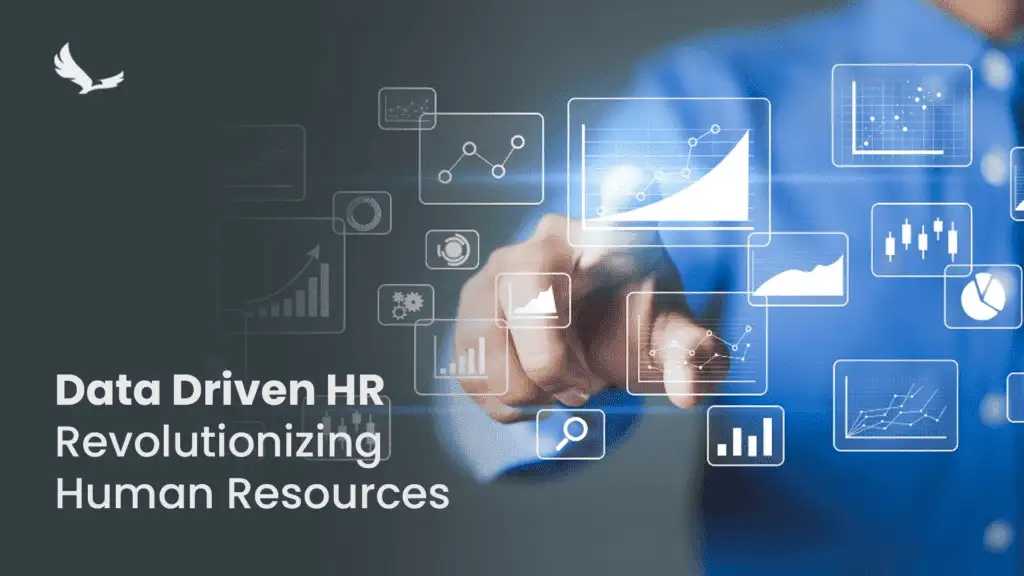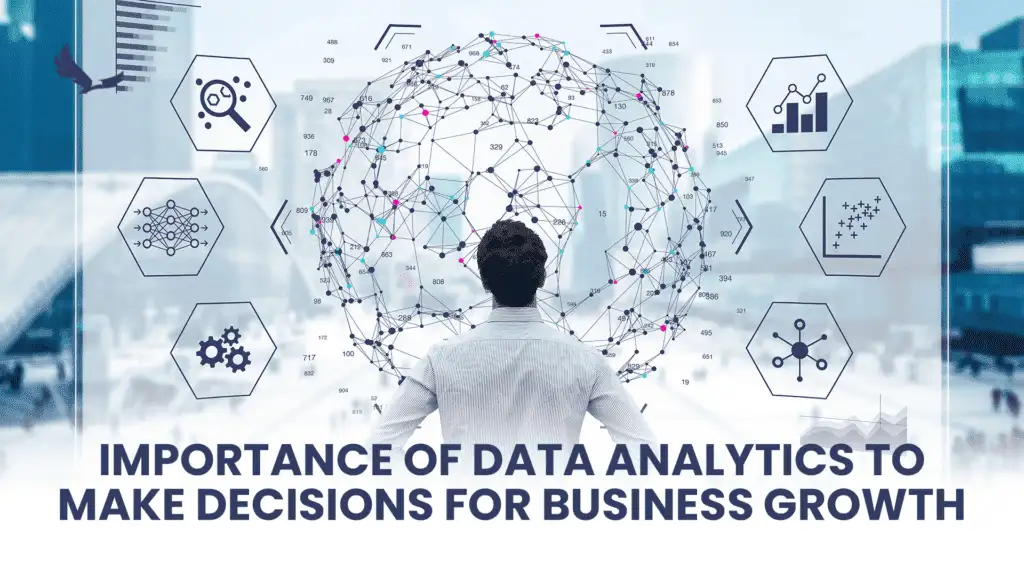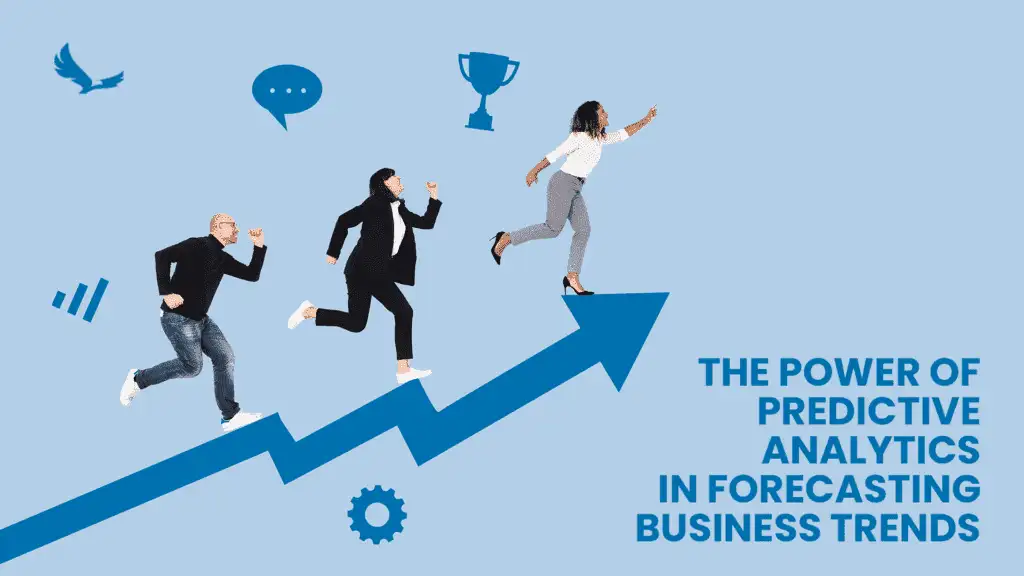The Human Resources (HR) job is going through a significant transition in today’s fast-paced and dynamic business environment. The time when HR was solely in charge of administrative duties like managing payroll and benefits is long gone.
As organizations become more digitally savvy, HR is emerging as a key strategic partner that helps them succeed.
This article delves into the fascinating world of data-driven HR, including examples of real-world HR data analytics, trend analysis, predictive analytics, SWOT analysis in HRM, and how these methodologies are altering the HR industry.
The Evolution of Data-driven HR
In the past, HR divisions that dealt with paperwork, compliance, and hiring were frequently seen as cost centers. However, with the introduction of data analytics and the growing accessibility of data, HR is becoming more planned, agile, and responsive.
Making judgments based on data rather than gut instinct is at the core of data-driven HR, which also includes a variety of methods and procedures that enable HR specialists to gain insightful knowledge from workforce data.

Analytics in Human Resource Management
Modern HR management now revolves around analytics. The Present and Future of Analytics enable HR practitioners to turn enormous amounts of data into useful insights, shifting HR from a reactive job to a proactive one. The following are the essential elements of HR analytics:
SWOT Analysis in Human Resource Management

The SWOT analysis, also known as Strengths, Weaknesses, Opportunities, and Threats analysis, is a crucial component of data-driven HR. SWOT analysis in HR entails gathering and examining information about worker engagement, performance, and satisfaction. This analysis accomplishes the following goals:
Strengths
HR can pinpoint the advantages of high performers and duplicate these traits throughout the company by looking at performance data. Performance as a whole may increase as a result.
Weaknesses
HR uses data to identify areas where workers might need more development or training. Taking care of these issues can boost performance as a whole.
Opportunities
Data can show where there are opportunities for succession planning and talent development. It can assist in locating workers who can fill leadership positions in the future.
Threats
Data can also spot dangers to employee satisfaction and retention, allowing HR to take preventative action to lessen these risks.
Predictive Analytics in Human Resource Management
The use of historical data to create accurate forecasts about impending events or trends elevates HR to a new level. Predictive analytics has several important benefits in human resources.
Talent Identification
Predictive models are capable of predicting turnover rates and locating high-potential applicants for particular positions. This helps to increase hiring accuracy and decrease turnover.
Staff Retention
HR can identify which employees are most likely to leave the company by looking at past data. With this information, HR may take proactive measures to keep these key workers.
Succession Planning
The use of predictive analytics can help find people who have the potential to fill important leadership roles in the future. This supports long-term talent development plans and guarantees a seamless change in leadership.
Trend Analysis in Human Resource Management
Analyzing historical data to find patterns and trends across time involves trend analysis. This is useful in HR for a number of reasons:
Planning the Workforce
Historical staffing data analysis can identify seasonal employment patterns. The firm will have the right staff during peak times if HR uses this information to organize recruitment efforts better and effectively.
Employee Engagement
Employee survey data analysis can reveal long-term engagement trends. This knowledge is essential for the creation of successful engagement methods that promote a pleasant workplace culture.
Training and Development
Data-driven trend analysis can be used to indicate changing skill requirements. Then, HR may create training programs that suit these evolving needs, ensuring that workers have the abilities required for their positions.

HR Data Analytics Examples
Let’s look at some specific instances to demonstrate the influence of HR data analytics in the real world:
Employee Participation
Many businesses regularly measure employees’ levels of engagement. HR uses analytics to evaluate survey data and get in-depth perceptions of employee sentiment. For instance, an analysis can show that a particular department frequently reports lower engagement scores. With this knowledge, HR can make targeted decisions to increase that department’s morale and productivity, which will ultimately result in happier employees.
Recruitment and Sourcing
Analytics based on HR data can greatly improve the hiring process. HR can more efficiently distribute resources by looking at the success percentages of candidates from various sources (such as job boards, recommendations, and LinkedIn). For instance, HR can increase investment in referral programs, cutting recruitment expenses and raising the caliber of personnel if analytics reveals that applicants, through employee recommendations, typically perform more effectively and stay longer.
Performance Management
The success of an organization depends on effective performance management. Key performance indicators (KPIs) that most strongly connect with overall success can be found with the aid of HR data analytics. By monitoring these KPIs over time, HR can determine how effective performance management initiatives are and make data-driven adjustments to guarantee that staff members are developing and making a positive contribution to the success of the company.
Diversity and Inclusion (D&I)
A successful workplace needs to value diversity and inclusion. By gathering and examining employee demographic information, HR data analytics may support the promotion of diversity and inclusion. Companies should actively build an inclusive culture that recognizes and respects differences by defining diversity goals and monitoring progress, which will ultimately result in a more creative and high-performing staff.
Training and Development
The need for training and development skills changes quickly, and HR must keep up. By examining performance data and following the evolution of skills through time, data-driven HR can find skill gaps in the workforce. As a result, HR is able to customize training and development initiatives to ensure that workers have the expertise necessary to succeed in their positions, enhancing both personal and business performance.
The Bottom Line
Data-driven human resources is a paradigm shift in the field of HR. The ability to make fact-based decisions that promote employee engagement and connect the workforce with company goals is one of the benefits of HR departments investing in analytics skills and collaborating with data professionals.
HR will undoubtedly become more data-driven in the future, and companies that embrace this change will have a competitive advantage in luring, keeping, and developing great personnel.
Success in HR today is determined not just by the data but also by the deep understanding that can be gained from them, which helps firms reach new levels of excellence and productivity.




